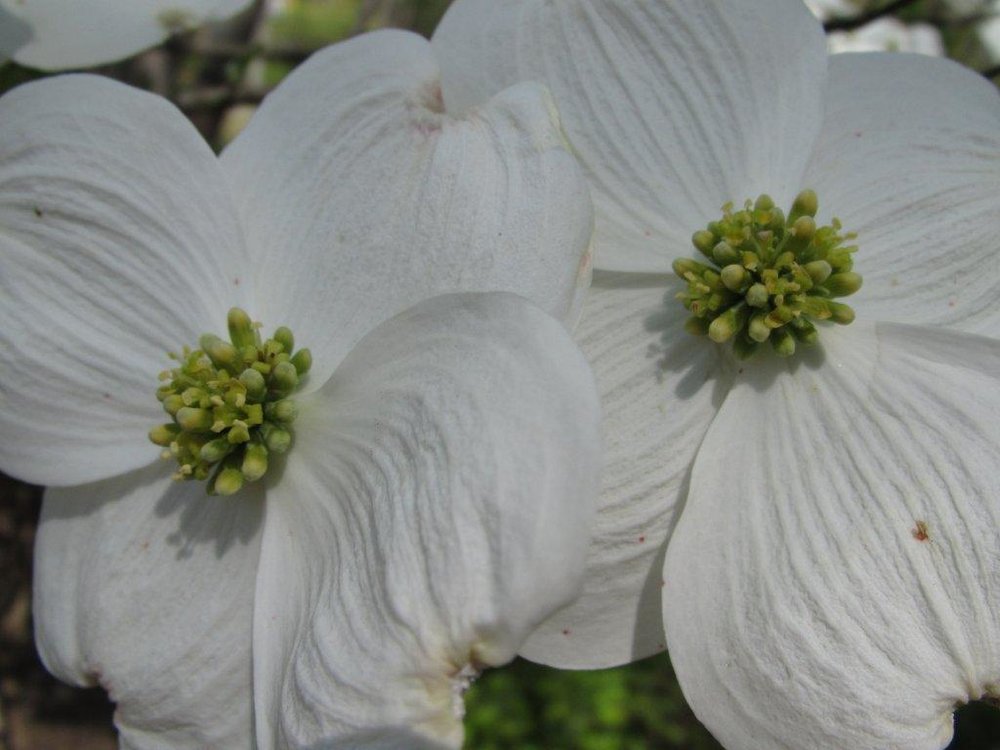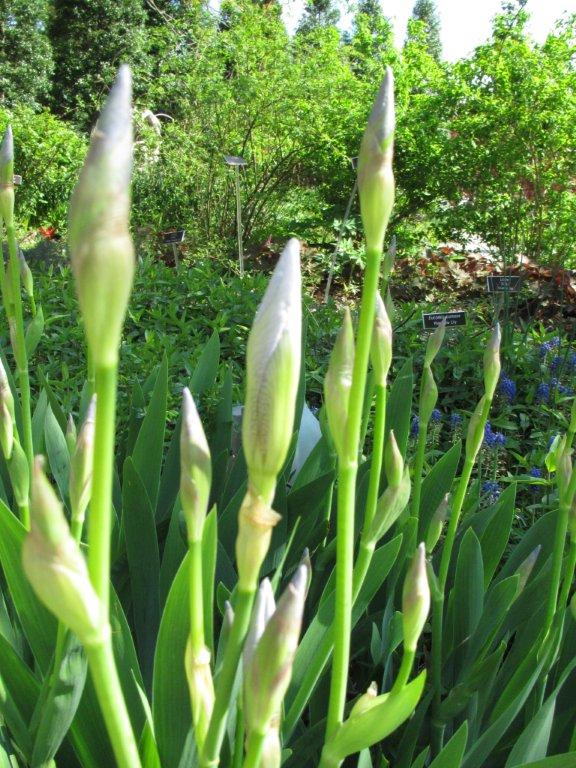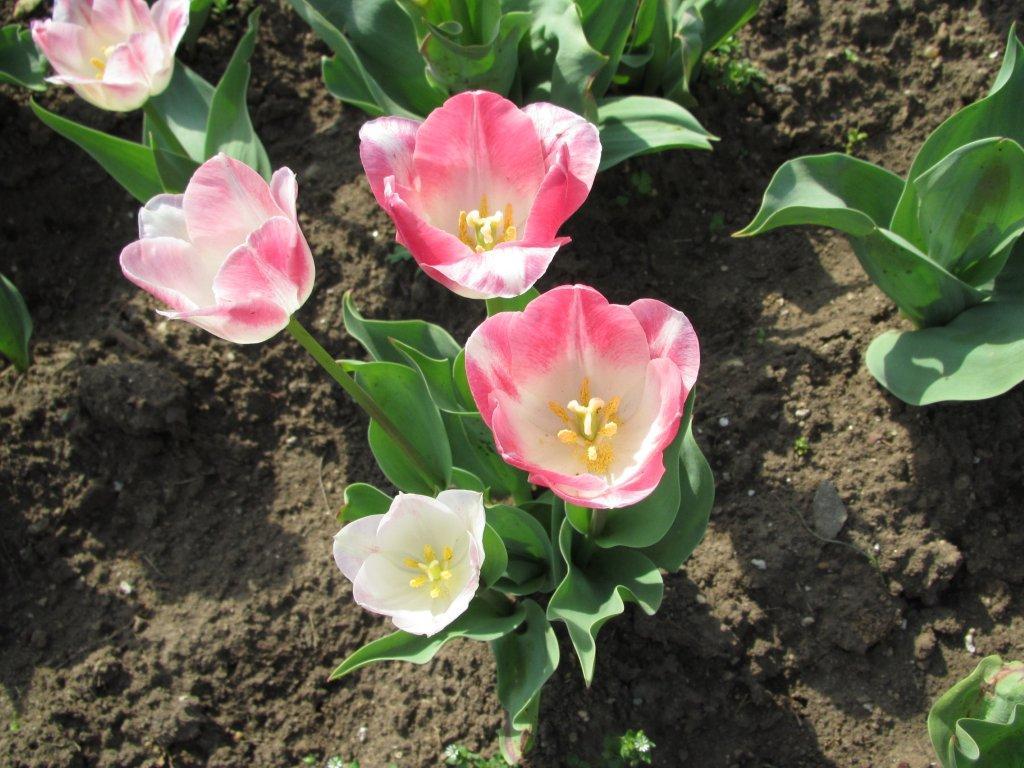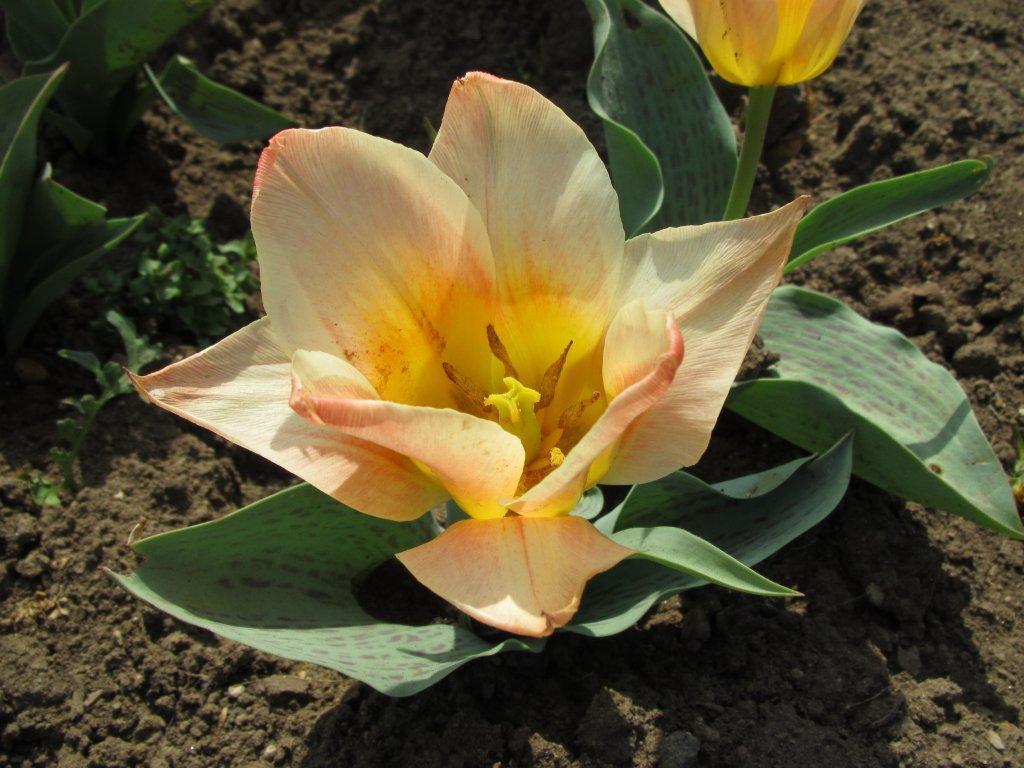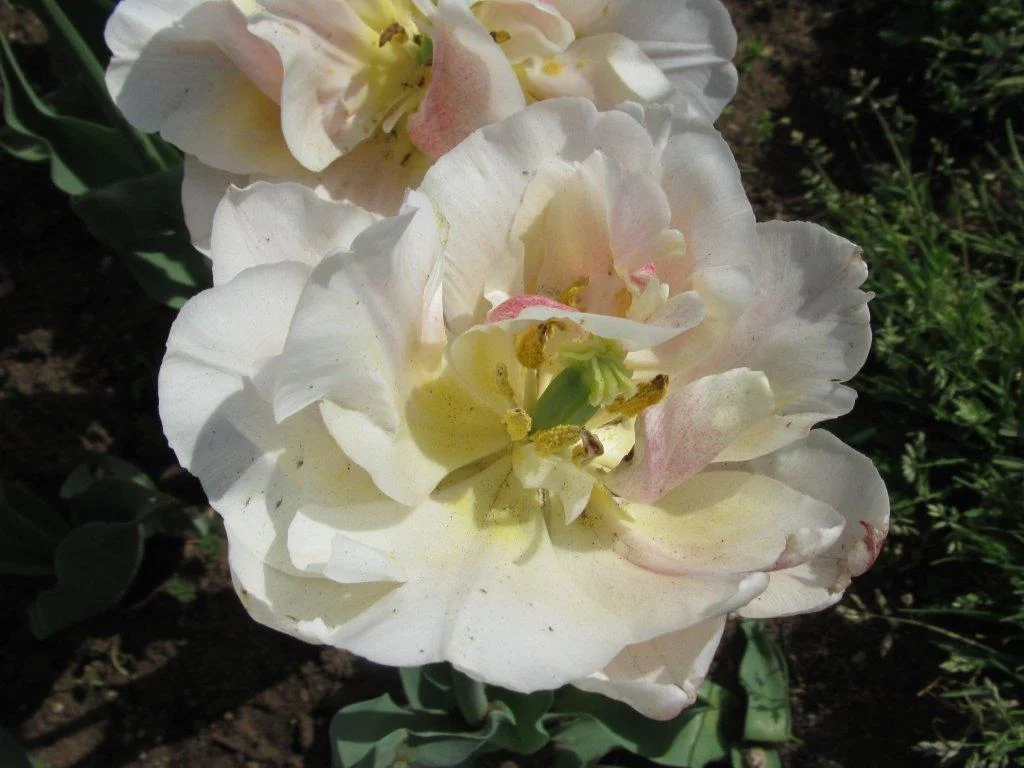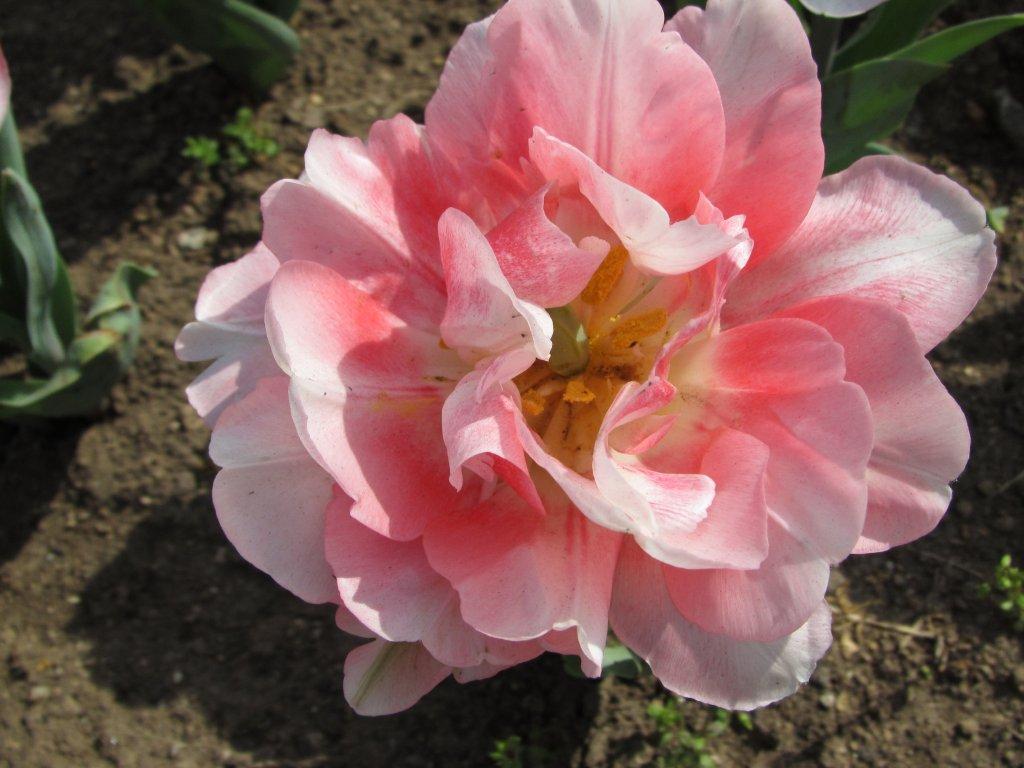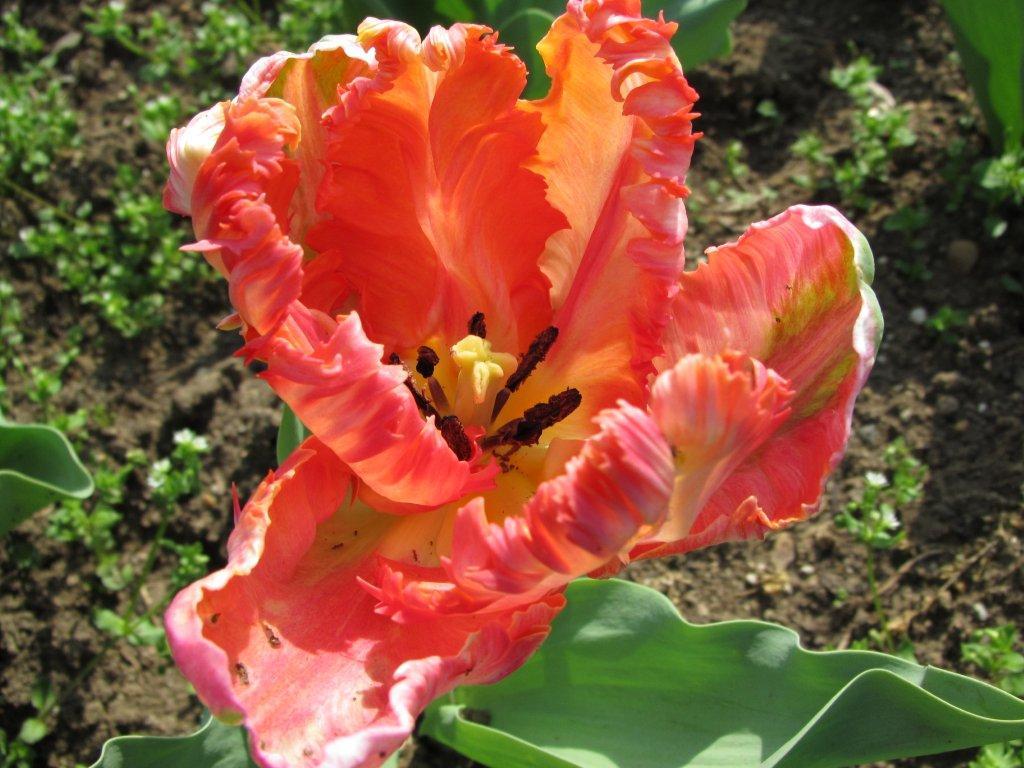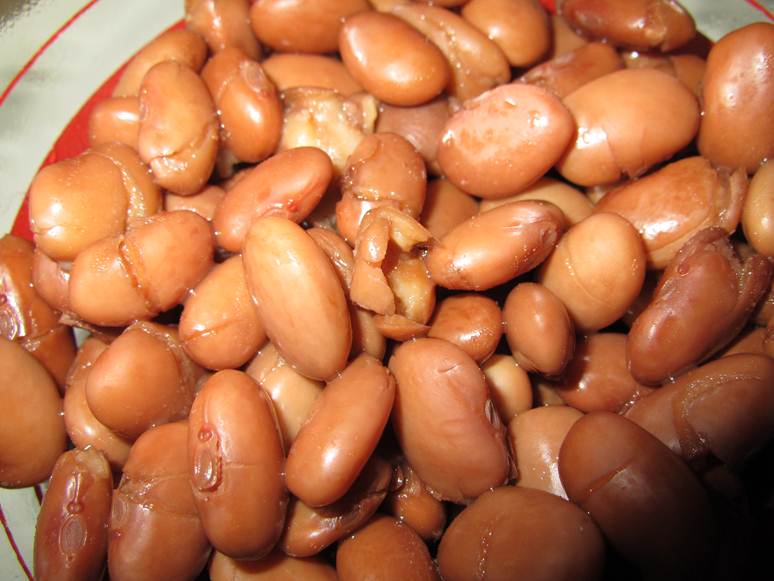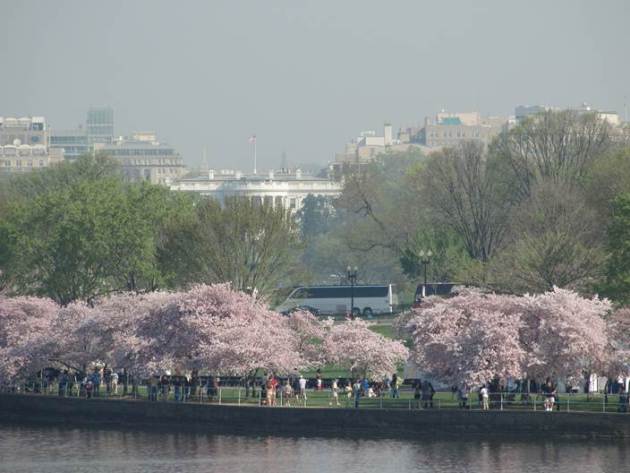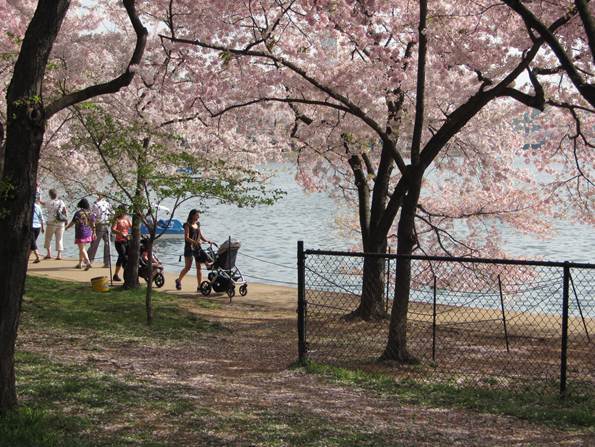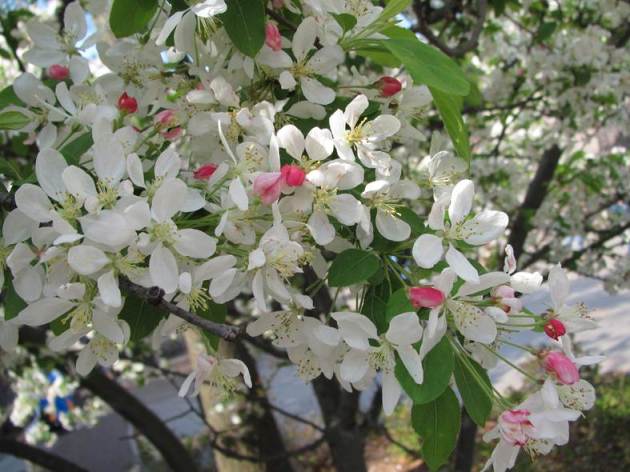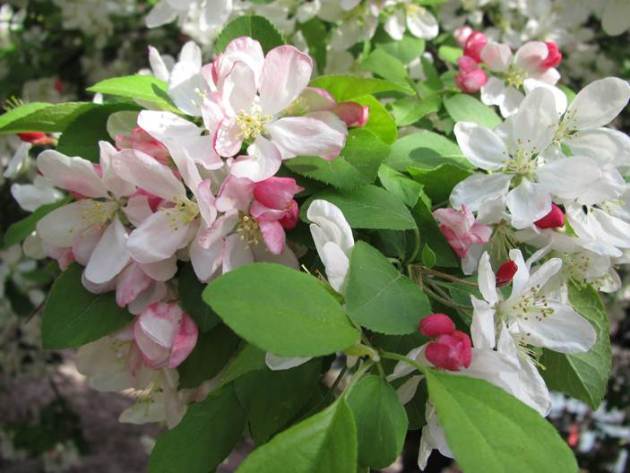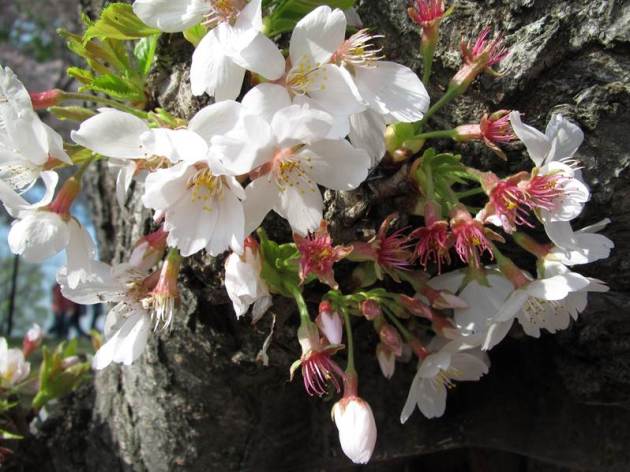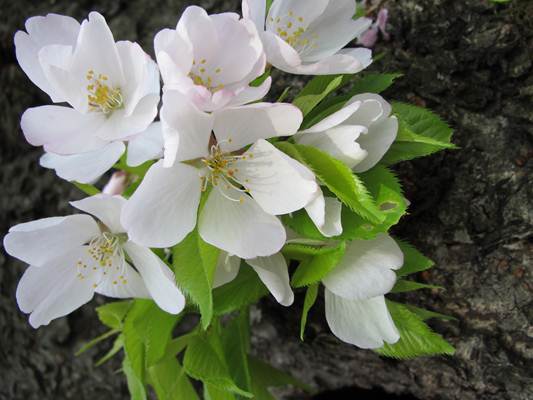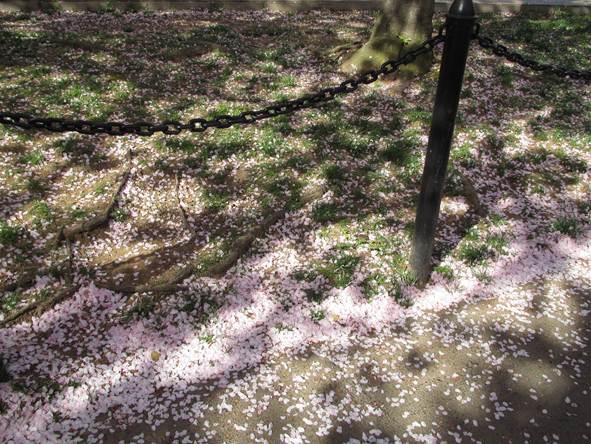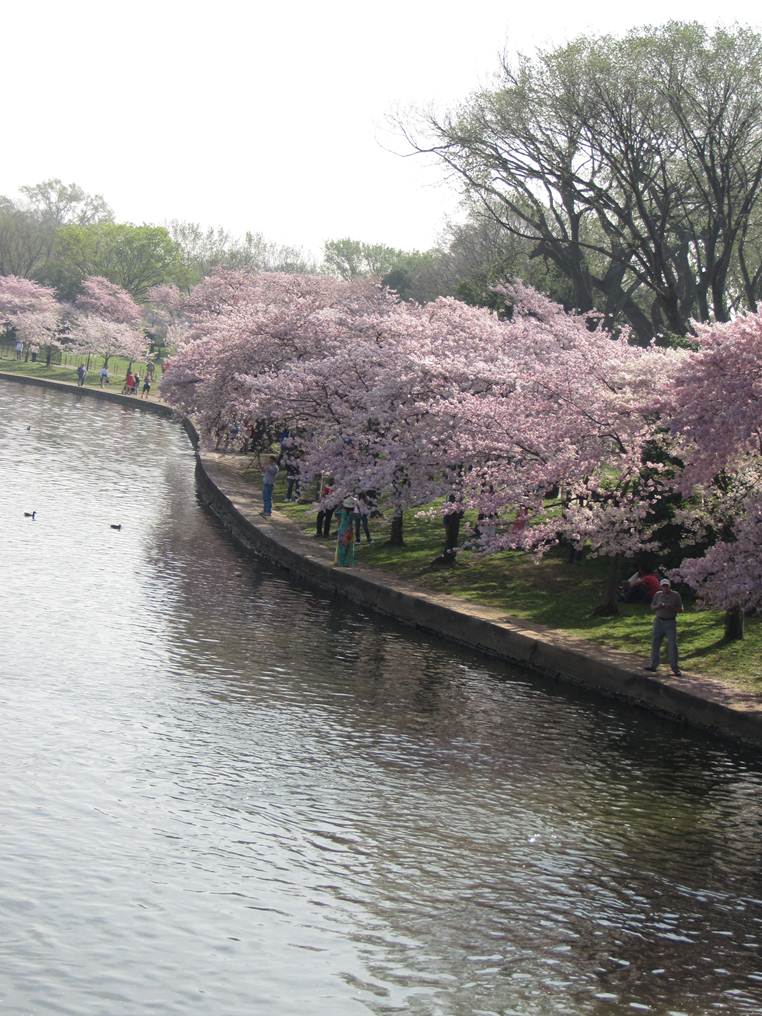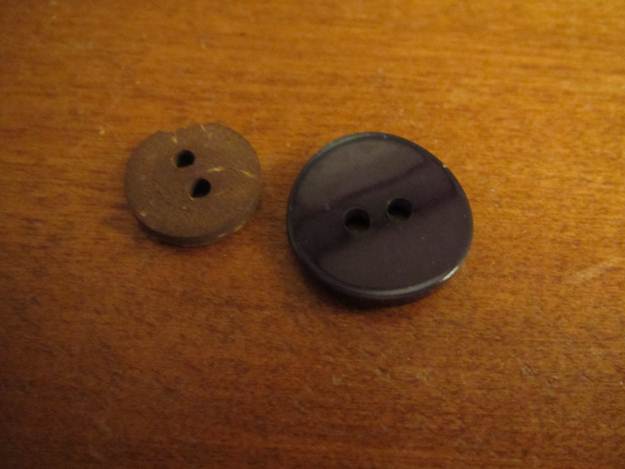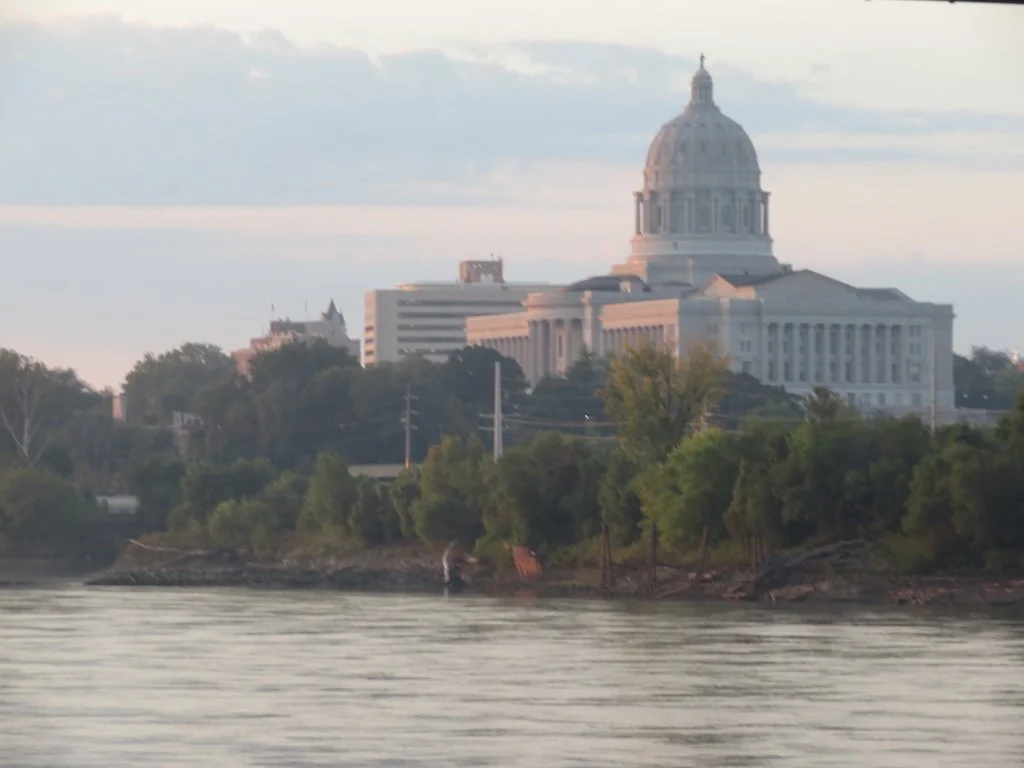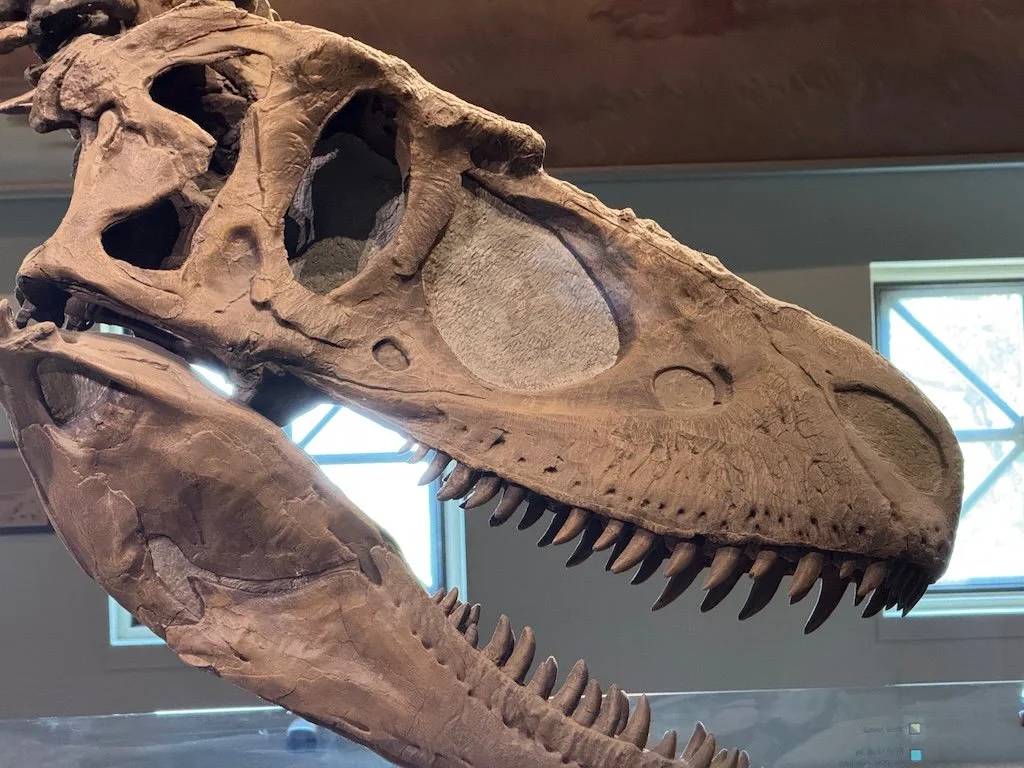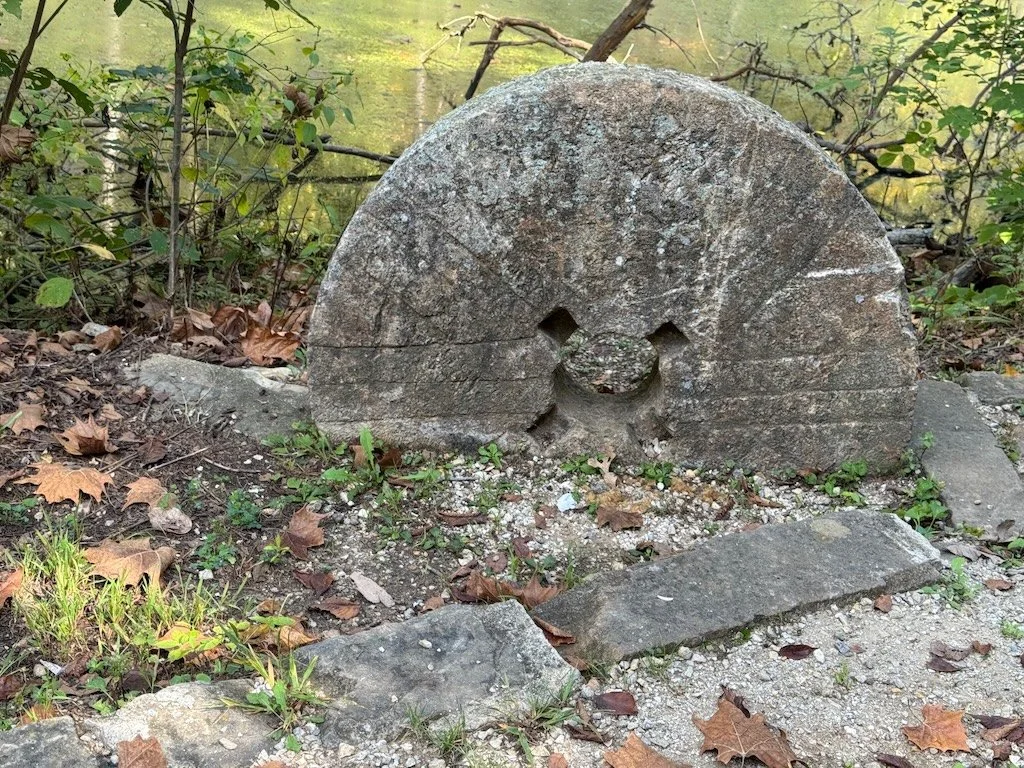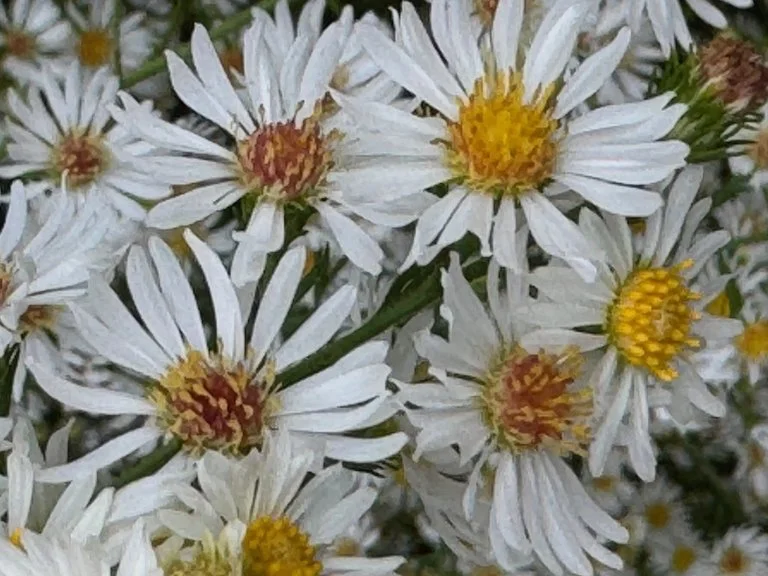The fuel of life is new information - novelty - ordered into new structures. We need to have information coursing through systems, disturbing the peace, imbuing everything it touches with new life. - Margaret J. Wheatley as quoted in Michele Bechtell in The Management Compass (AMA Management Briefing)
~~~~~
It is very easy to get a lot of new information and novelty these days. Our technology has removed many of the barriers to information dissemination so now we find ourselves honing skills to avoid being overwhelmed by the ‘fire hose’ of new information made available every day. The trick is to somehow recognize the misinformation (i.e. recognize information unsupported by data of any kind and/or intentional falsehoods), decide if ‘opinion’ is indeed information too, cull information that is relevant/actionable and then get the highest quality new information ‘ordered into new structures.’ We want the ‘imbuing everything it touches with new life’ not a frenzy of circular motion that produces no discernible outcomes!
The quote is from a management book but applies to our individual lives as well. What positive role does new information/novelty play in your life? Trace a new information/novelty to the change it caused you to make. Realize that learning something may be a step you take to order information so that it can be applied or may simply be a storing away of information is almost raw form.


